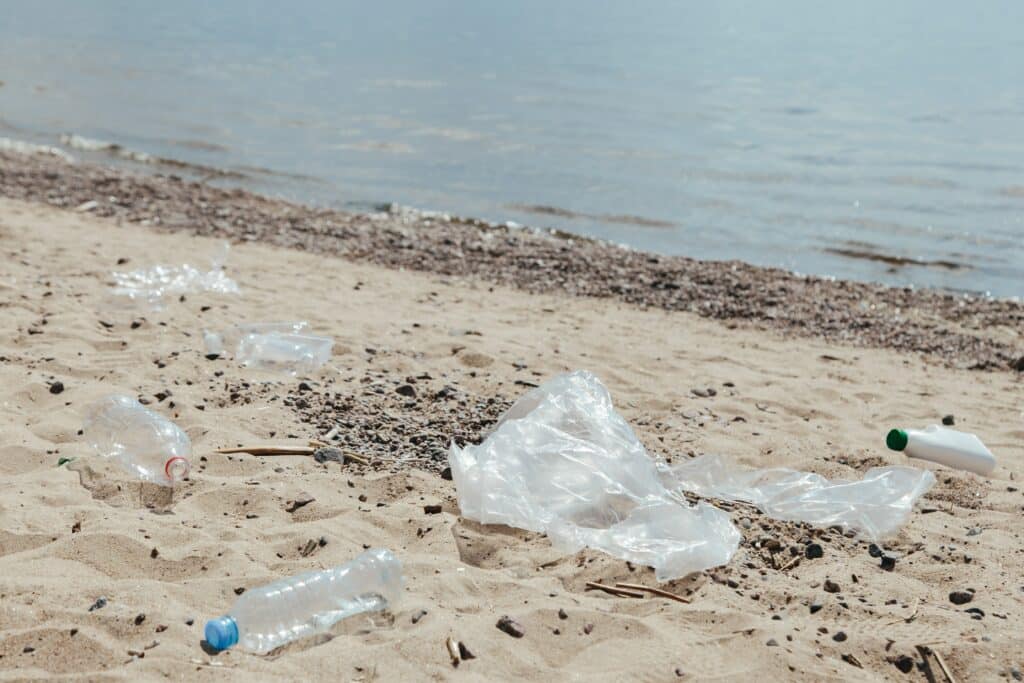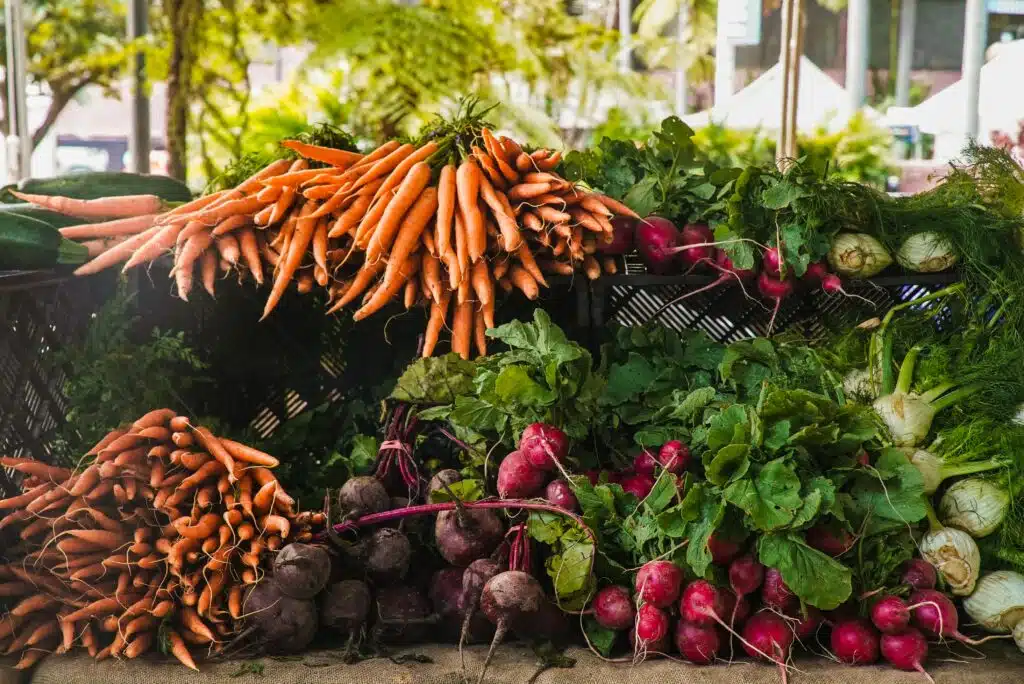Greenhouse gas emissions in the EU are to be brought to net zero by 2050. This means that by 2050, a balance must be achieved between the amount of emissions produced and the emissions removed from the atmosphere. This is intended to contribute to the reduction of global warming. On the way there, it is necessary to halve emissions approximately every ten years. In the course of this, clean energy should also be made available to all those who lack it. To achieve this, necessary turnarounds are needed, one of which is the transformation of energy systems. This way you can avoid unnecessary power consumption.
Why LEDs?
Energy efficiency offers the fastest, easiest, and most profitable entry point to improved energy productivity as well as mitigation of greenhouse gas emissions. Solid-state physics has produced LEDs, or light-emitting diodes. Where light is needed, it should come from LEDs, which have up to 90% lower power requirements than incandescent bulbs. Conventional light bulbs have been obsolete since 2009, when a ban on incandescent bulbs came into force in the EU. Philips, for example, decided back in 2007 to focus on LEDs in its lighting business and phase out incandescent bulbs.
Modern LEDs
Modern LEDs have numerous advantages and are gradually replacing older light sources. For example, LEDs are the most energy- and cost-efficient light sources on the market. They are very durable and insensitive to frequent switching on and off. Up to 50,000 hours of operation and 100,000 switching cycles can be easily accomplished. LEDs do not contain mercury, as found in energy-saving lamps, or any other toxic pollutants. They therefore do not have to be disposed of as hazardous waste. LEDs are immediately available with their complete luminosity after switching on and it is not necessary to wait until the full luminosity unfolds, as is the case with energy-saving lamps, for example. LEDs do not cause any UV radiation and have only a very low heat generation. The supplied energy is almost completely used for the generation of light, which results in the high energy efficiency.
What to consider when buying a lamp
When buying a lamp nowadays, the lumen value is decisive and no longer the wattage, since brightness is specified in lumens. Kelvin, in turn, indicates the color temperature – the lower the Kelvin value, the warmer the light. Which Kelvin values are recommended for which rooms is revealed, for example, by the calculator of the Federal Ministry of Economics and Climate Protection under BMWK – Beleuchtungsratgeber (energiewechsel.de). The energy label shows the efficiency of LEDs. Since September 2021, there is the classification A to G; most LEDs today are between D and G. But that does not mean that they are less efficient than before. The scale has been raised so that efficiency can be better represented. LEDs contain very small amounts of rare earths, but so far they have not been recycled. Nevertheless, LEDs should be disposed of correctly and sent for recycling, i.e. handed in at recycling centers or retailers. As far as the life cycle assessment is concerned, the manufacture of the LEDs plays a subordinate role, since the main environmental impact is influenced by the power consumption during use
Another recommendation
Only install and switch on as much light as you need to avoid rebound effects. Because LEDs are so economical, more light is purchased than before, which ultimately cancels out the efficiency advantage. It is therefore worthwhile to replace the old halogen and incandescent lamps as well as the energy-saving lamps. With LEDs, you should also make sure that they are replaceable, as repairs can be difficult and expensive.
Vegetarian, vegan, flexitarian – what helps the climate?
Our food system – as new studies show – is responsible for around one third of global greenhouse gas emissions, primarily through the production or consumption of meat products. In Germany, about 10% of people now follow a vegetarian or vegan diet. Young and female people in particular are increasingly opting for a vegetarian or vegan diet, and the trend is still rising.
Plastic as a global problem
Life without plastic is almost unimaginable nowadays. Whether packaging, clothing, cosmetics, household appliances or car tires, we are surrounded by plastic everywhere. Plastic offers a lot of advantages, no question. However, it also brings with it serious problems that increasingly threaten the environment, wildlife, but also us humans.
Regional and seasonal food
Regional and seasonal food is fresher, tastes better and is also much more environmentally friendly ♻️ than food from overseas. According to the Federal Center for Nutrition, almost two-thirds of Germans prefer food from their region. So it’s high time to take a closer look at the terms regional and seasonal. What does regional mean? […]







